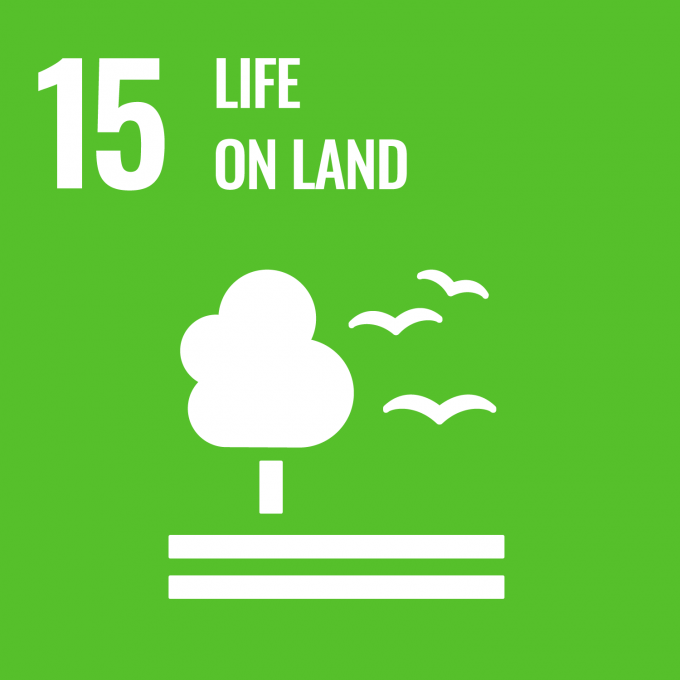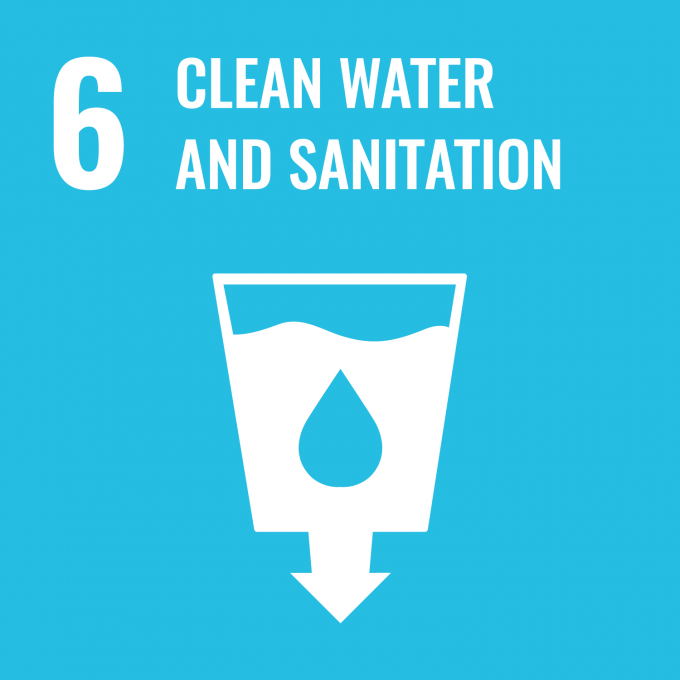Itinerary
Tour day-by-day
-

Day 1: Coffin Bay National Park
On arrival into Port Lincoln, guests will be greeted by their personal Australian Coastal Safaris guide and take a short drive through spectacular Sugar Gums and agricultural land to Big Swamp. Big Swamp Wetland is composed of three seasonal fresh water lakes, that form a water dependant ecosystem, fringed with a large and ancient Red Gum forest.
These wetlands are the last true fresh water wetlands on the Eyre Peninsula and contain many waterfowl, raptors and the endangered Emu Wren & Western Whipbird. A bird hide is available for viewing these species as well as Black Swans, Grey Teal Ducks, Chestnut Teal Ducks, Pink Eared Ducks, Musk Ducks, Black Winged Stilts and Banded Plovers.
 “The Big Swamp wetlands area is important because of the birdlife it attracts and the various plants that grow here...We built a little island and a huge number of birds nest and rest here. We see ducks, swans, stints, waders, plovers, geese, wrens, falcons, eagles and harriers. We’ve had bird experts from all over the world visit”
“The Big Swamp wetlands area is important because of the birdlife it attracts and the various plants that grow here...We built a little island and a huge number of birds nest and rest here. We see ducks, swans, stints, waders, plovers, geese, wrens, falcons, eagles and harriers. We’ve had bird experts from all over the world visit”Peter 'Clutters' Clutterbuck - Guide
Guests will then then enter beautiful Coffin Bay, an area is of outstanding beauty, world famous Oysters and is home to a variety of important species of flora and fauna. There are no other comparable systems of bays and inlets in such compact form anywhere on the coast, which is why this area is classified as a maritime wilderness area.
Guests will venture out on a cruise joining a local oyster farmer to see two islands named 'The Brothers', known for its concentration of seabirds, seals and dolphins. Whilst on cruise, guests will learn about the humble oyster, the process of farming these oysters, shuck your own oysters and of course oyster tasting. The larger island of The Brothers in the Mount Dutton Bay Conservation Park is of palaeontological significance because of the presence of sub-fossil bones of six species, including an extinct kangaroo and a giant flightless bird.
After a delicious lunch of gourmet seafood platters in the heart of picturesque Coffin Bay, the tour will move to Coffin Bay National Park, providing the opportunity to spot some of the 150 species of birds, 11 species of terrestrial mammals, 12 species of marine mammals, 20 species of lizards, six species of snakes and several (mostly unidentified) species of amphibians have been recorded in the parks.
White-bellied Sea-eagle and Osprey are both moderately common in the parks, with the availability of undisturbed coastal cliff habitats and rocky offshore islands makes the Coffin Bay area a significant breeding refuge for these species. Other bird species of particular interest include the Eastern Reef Egret, Pied Cormorants, Australasian Shoveler, Cape Barren Goose, Eastern Curlew, Wood Sandpiper, Latham's Snipe, Buff-banded Rail, Swamp Harrier, Peregrine Falcon, Scarlet Robin, Diamond Firetail, White-winged Chough, Blue-breasted Fairy-wren, Weebill, Southern Emu-wren and Western Whipbird.
Other marine species of significance include the Australian Sea-lion, Long-nosed Fur Seal and Bottlenose Dolphins.
Overnight Accommodation: Port Lincoln Hotel (4 star) or South Point Private Beach House.
-

Day 2: Baird Bay
Guests will depart Port Lincoln for the magical destination of Baird Bay, on the northwest region of the Eyre Peninsula. The guide will stop along the way at some secret locations with amazing coastal views, including Elliston and Venus Bay.
Today’s headline act is only a very short steam off shore aboard the 14-seater ‘Neo-phocus’, where you will be swimming with the Australian Sea-lions off Jones Island. The island is home to just over 120 Australian Sea-lions, as well as a variety of native birds including White-faced Herons, Sooty Oystercatchers, Australian Pelicans (uses the island as a breeding colony between Dec- Feb), terns, cormorants and White-bellied Sea Eagles.
Here you have the opportunity to experience sea lions in their natural environment; fast, agile & playful- they thrive on the interaction of humans. The sea-lions experience is full of wonder & charm, and swimming with them is often rated in the Top 10 things to do in Australia. Following the sea lion encounter, ‘Neo’ pulls out into deeper waters where you now have the chance to swim with the resident Bottlenose dolphins. Powerful & lightening fast- these animals often come so close to you that you can hear the high pitch chatter.
 “The Australian Sea-lion swim is a special experience. You can view them on a rock or on a beach, but there's nothing as elegant or tranquil as seeing them underwater. When they're coming up to you with their whiskers in your face or they're trying to see themselves in the reflection of the masks, they're incredible."
“The Australian Sea-lion swim is a special experience. You can view them on a rock or on a beach, but there's nothing as elegant or tranquil as seeing them underwater. When they're coming up to you with their whiskers in your face or they're trying to see themselves in the reflection of the masks, they're incredible."David 'Lunch' Doudle - Guide & Founder
On return to the beach of Baird Bay we have lunch before we depart on our journey down to Port Lincoln, with stop at the Talia caves. Nature’s elements of the sea & wind have etched patterns through time on its limestone roof, whilst the surf washes the rocks, edging the caves offering another spectacular scene of colour & the wonderful force of the Southern Ocean.
Last on the agenda is one of the very best vantage spots on the 2,000km long stretch of the Great Australian Bight. The Cummings Monument provides this and more as the view gives you spectacular and uninterrupted views of the rugged cliff tops that make up the Bight.
Overnight Accommodation: Port Lincoln Hotel (4 star) or South Point Private Beach House.
-

Day 3: Lincoln National Park
The day starts with morning viewing at the small coastal hamlet of Tulka where waders, Black Swans and seabirds can be seen from the Bird Hide. This is another known location for Southern Emu Wrens, near a well first dug by Captain Matthew Flinders when he explored the area in 1802.
From here, guests will experience the diversity of the Lincoln National Park, where rugged cliffs provide an opportunity to view Osprey, White Bellied Sea-Eagles, Whistling Kites and Swamp Harriers. In beautiful Memory Cove birds encountered include Purple-gaped Honeyeaters, Striated Pardalotes, Spiney-cheeked Honeyeaters, Dusky Woodswallows, Australian Pipits, Western Yellow Robins, Blue Breasted Wrens, and White-browed Scrub Wren.
Of the 29,000ha National Park, guests can elect to walk or beachcomb along Surfleet Cove or take a 45 minute hike to see spectacular views of Boston Bay, Port Lincoln and the Port Lincoln National Park at the Stamford Hill Lookout. Other wildlife that can be spotted include Australian Sea-lions, Long-nosed Fur Seals off the rocks of Donnington Point, Bottlenose Dolphins Western Grey Kangaroos, Emus, and numerous skinks, Rosenberg’s Goanna and dragon lizards. Migrant Southern Right Whales can also be seen occasionally from the coast from May through August.
In the afternoon, guests will venture out to beautiful Mikkira Station to see a colony of wild Koalas. Whilst strolling under the beautiful old Eucalypt trees, guests will be in awe as they come face to face with the cuddly icon of Australia as they laze in the Manna gums. Wild but placid kangaroos casually hop around in this beautiful historical setting, where in 1842 Scotsman Adam Borthwick and his family made their home as one of the very first settlers of the region. Emus roam around amongst mobs of sheep and there is astounding birdlife here, many of which are rare and native to this area.
As the sun settles for the evening, we will relax with a platter of local produce, wine and listen to the sounds of nature.
Overnight Accommodation: There are various levels of accommodation available including the Port Lincoln Hotel (4 star) or South Point Private Beach House.
-

Tour details
Group Size: Minimum of 2 guests, maximum of 6 guests
Pick-up and Drop Off Point: Port Lincoln Airport or Port Lincoln accommodations
Pick-up and Drop-off Time: Upon arrival or 9:00am - Upon departure or 5:00pm.
Inclusions - touring with professional, local and experienced guides, airport transfer and all transport in luxury 4WD Land-Cruiser, Oyster Tour & Tasting, all National Park & other entry fees, daily continental breakfast, daily lunches, beverages, local wines & beer.
Private Touring: Available at additional cost - please enquire with your group size & interests.
Languages: Translation services for private tours available in Mandarin.How you'll be making a positive impact
We have aligned our sustainability vision with the United Nation’s Sustainable Development Goals (SDGs). Citizen Science with Australian Coastal Safaris
Citizen Science with Australian Coastal Safaris
Australian Coastal Safaris contributes observations of flora & fauna via iNaturalist, the world’s leading global social biodiversity network. This platform allows our team to create research-quality citizen science data that enables a more detailed picture of our national biodiversity, and assists bodies such as the CSIRO, ecologists and other decision makers to deliver better outcomes for the environment and our species.
 Tracking the Eastern Osprey of the Eyre Peninsula
Tracking the Eastern Osprey of the Eyre Peninsula
Australian Coastal Safaris guide and award-winning photographer, Fran Solly, has been watching birds across the Eyre Peninsula for over 35 years. In recognition of her contribution to the birding community through citizen science observations and development of the regional field guide for birds, Fran had an Osprey chick named after her (Solly) in 2020.
 Water Quality Monitoring at Big Swamp
Water Quality Monitoring at Big Swamp
Australian Coastal Safaris guide, Peter Clutterbuck, is actively involved with local environment groups including the Big Swamp Community Centre, to monitor the water quality of Big Swamp on the lower Eyre Peninsula. As part of this role, ongoing water samples are collected to provide vital information about the ecology and other environmental factors impacting these wetlands.
Media Gallery
-

Premium South Australia Outback Birding
From $4,540 USD
7 days/6 nights
Available months: March to November.
-

West to South Coast Family Adventures
From $4,290 USD
9 days/8 nights
Available months: January to May, October to December.
-

Southern Eyre Peninsula Birdwatching
From $1,225 USD
3 days/2 nights
Available months: January to December.













